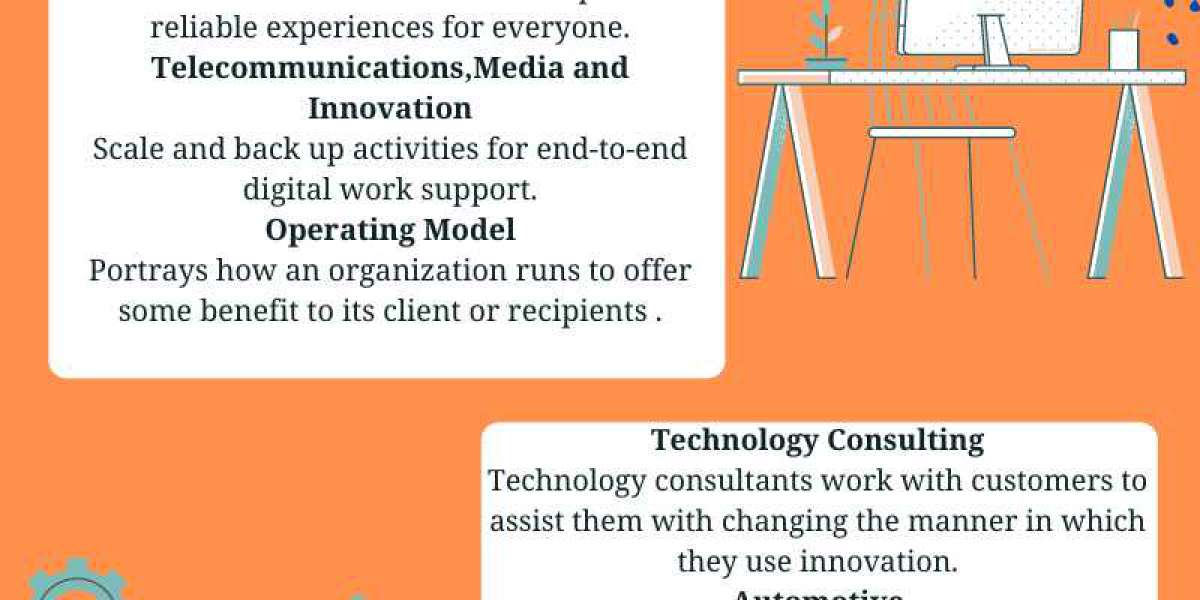Making a lasting impression as a candidate is more important than ever in the dynamic job market. One of the most essential tools you have is a well-written CV. A functional resume can be a game-changer, especially for those who want to emphasize their talents over their employment experience, even though many still use the conventional chronological structure. This article explores how creating a functional resume highlighting your unique skills and grabbing potential employers' attention can help you reach your full potential.
Understanding a Functional Resume
In contrast to its chronological counterpart, a functional resume places more emphasis on competencies and skills than a thorough job history. Candidates whose experience doesn't fit a typical path, those going through a career change, or those with breaks in employment might all benefit from this approach. Using a resume builder, which offers customizable templates and insights to present your competencies properly, can ease the process of producing such a customized resume. A functional resume places you as an employer's problem solver and a candidate by emphasizing your strengths.
Why Choose a Functional Resume?
Choosing a functional resume might be a wise choice in several situations. Regardless of where or when you learned them, you can highlight the most pertinent abilities to the position you're applying for. This approach, which prioritizes transferable talents above specific job experiences, can be constructive if you're looking to change careers. Furthermore, a functional resume is a powerful tool for showcasing a coherent and targeted skill set for candidates with a broad range of experience or notable gaps in their work history.
Critical Elements of a Functional Resume
There are a few essential elements to creating a functional resume that deviates slightly from the conventional structure. Your professional profile is briefly summarized in the Summary section, highlighting your main accomplishments and career goals. A functional resume's core is its Skills section, where you describe your competencies for the position. A succinct Work Experience section highlighting the roles pertinent to the indicated talents should follow this. Lastly, the Education section emphasizes your educational background, which supports your shared abilities and experience.
Writing Tips for a Stand-Out Functional Resume
Make sure your functional resume stands out by using language that is easy to read and effectively highlights your accomplishments and skills. Quantify your achievements to prove your ability, and use action verbs to make your contributions come to life. This will help you match the job description and make your resume more search engine friendly by optimizing it for Applicant Tracking Systems (ATS).
Using Technology to Help You Write Your Resume
Creating a CV in today's digital era involves more than just listing your expertise and qualifications. Using sophisticated resume builders compatible with applicant tracking systems (ATS) will help guarantee that your resume is seen. These tools advise you to add the appropriate keywords to your resume so that it gets past ATS filters and into the hands of a human recruiter. They also assist you in organizing your resume in a functional structure. structure
Combining Fundamental Knowledge with Soft Skills
Having soft skills helps you secure a position in the organization, even while technical skills can help you get started. Employers increasingly turn down applications needing more leadership, problem-solving, communication, and adaptability competencies. In this section, we'll look at how to incorporate these soft skills into your functional resume, which will help highlight your abilities and balance out your technical expertise.
Common Mistakes to Avoid
A functional resume can be successful, but several typical mistakes must be avoided. For example, the impact of a lengthy list of talents on your CV without instances or context might be diminished. Similarly, even the best-written material can become challenging if the design and style are neglected. Make sure every ability is supported by concrete experiences or accomplishments, and focus on the document's general design to make it as aesthetically pleasing as possible.
Tailoring Your Functional Resume to Various Sectors
A functional resume should be tailored to the specific requirements of the industry you are seeking rather than being a one-size-fits-all document. For example, whereas design skills and portfolio work are prioritized in the creative sector, coding languages and project management abilities may be given more weight in the computer sector. It is essential to comprehend the competencies and keywords that are appreciated in your selected field. This section will offer practical guidance on modifying your functional resume to meet the demands of your particular business.
In summary
Creating a distinctive and valuable resume is essential to realizing your full job search potential. You can leave a lasting impression on potential employers by emphasizing your accomplishments and talents, tailoring your resume to each position, and presenting your information orderly and straightforward. Resources like a resume builder may make this process much more concise and enable you to highlight your strengths successfully.








